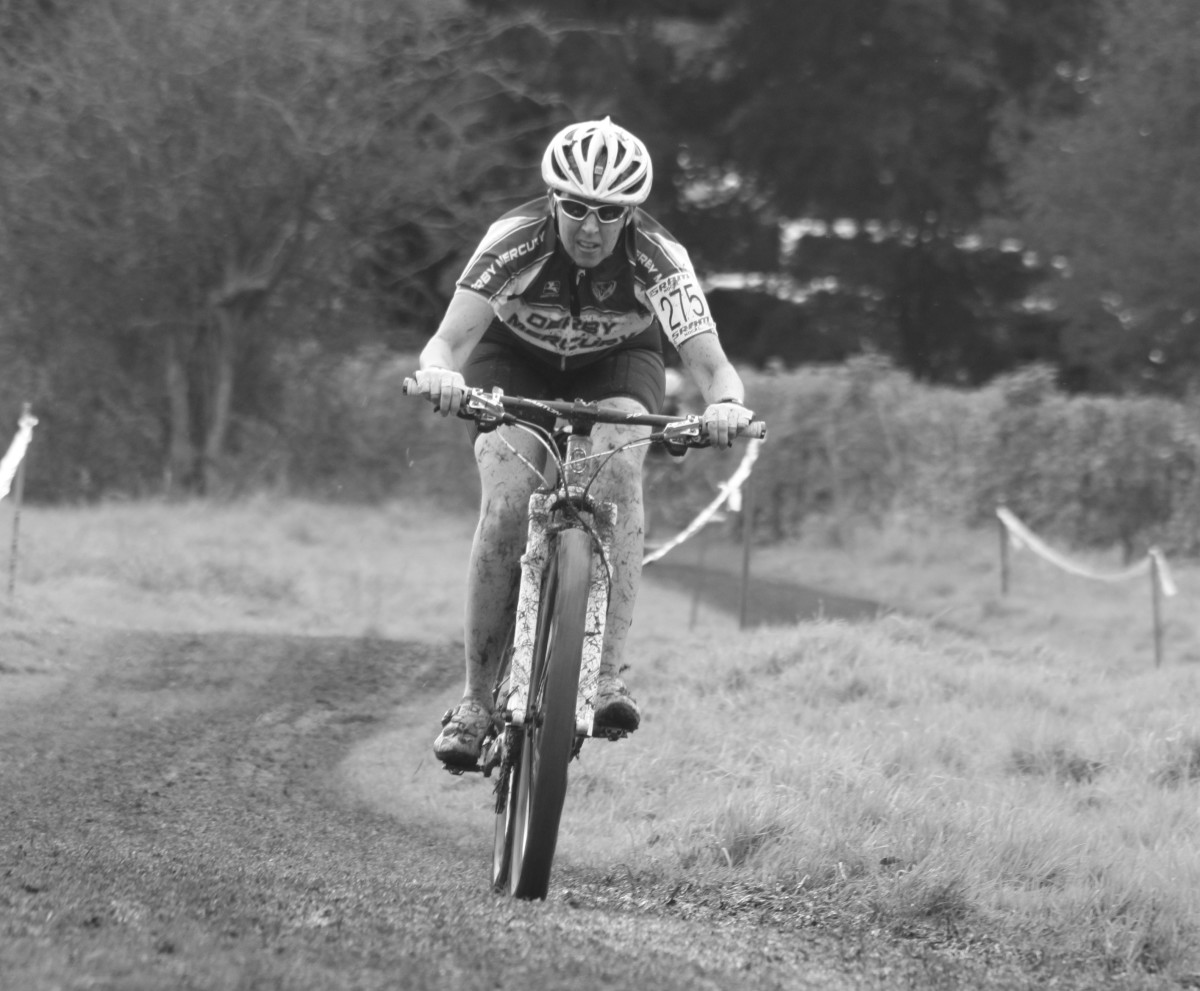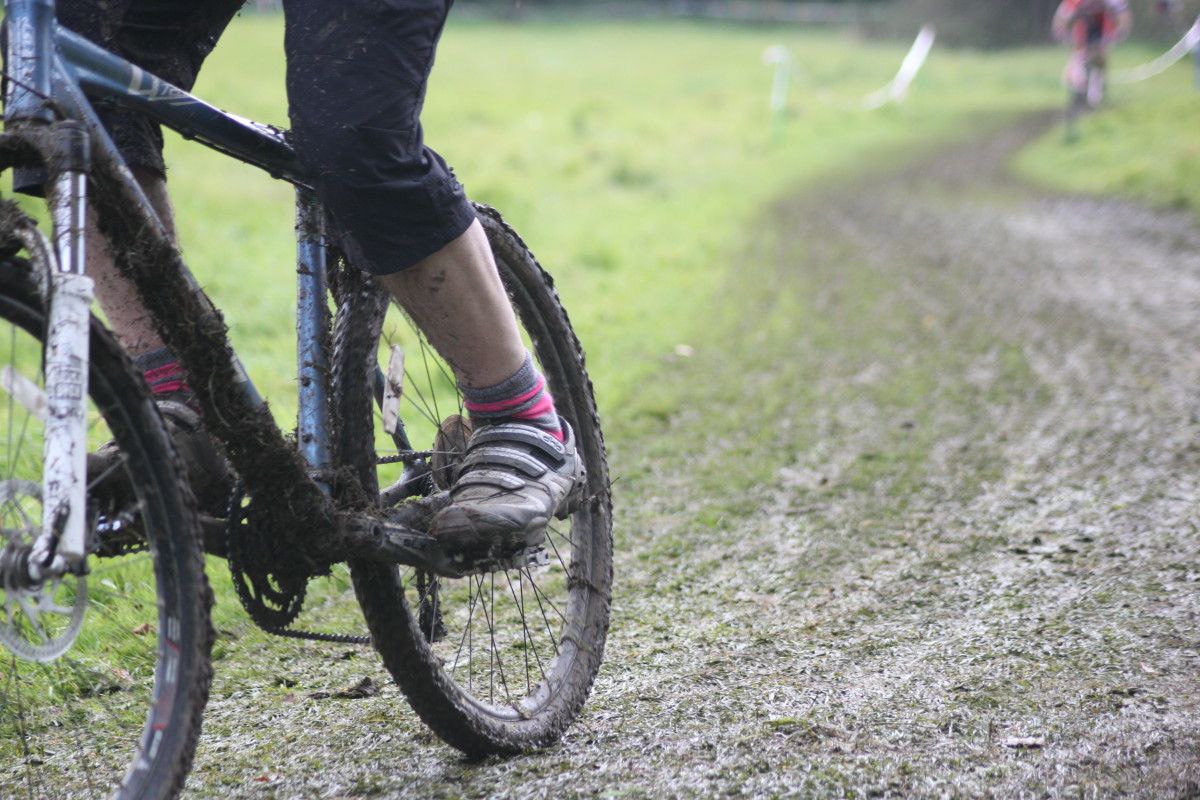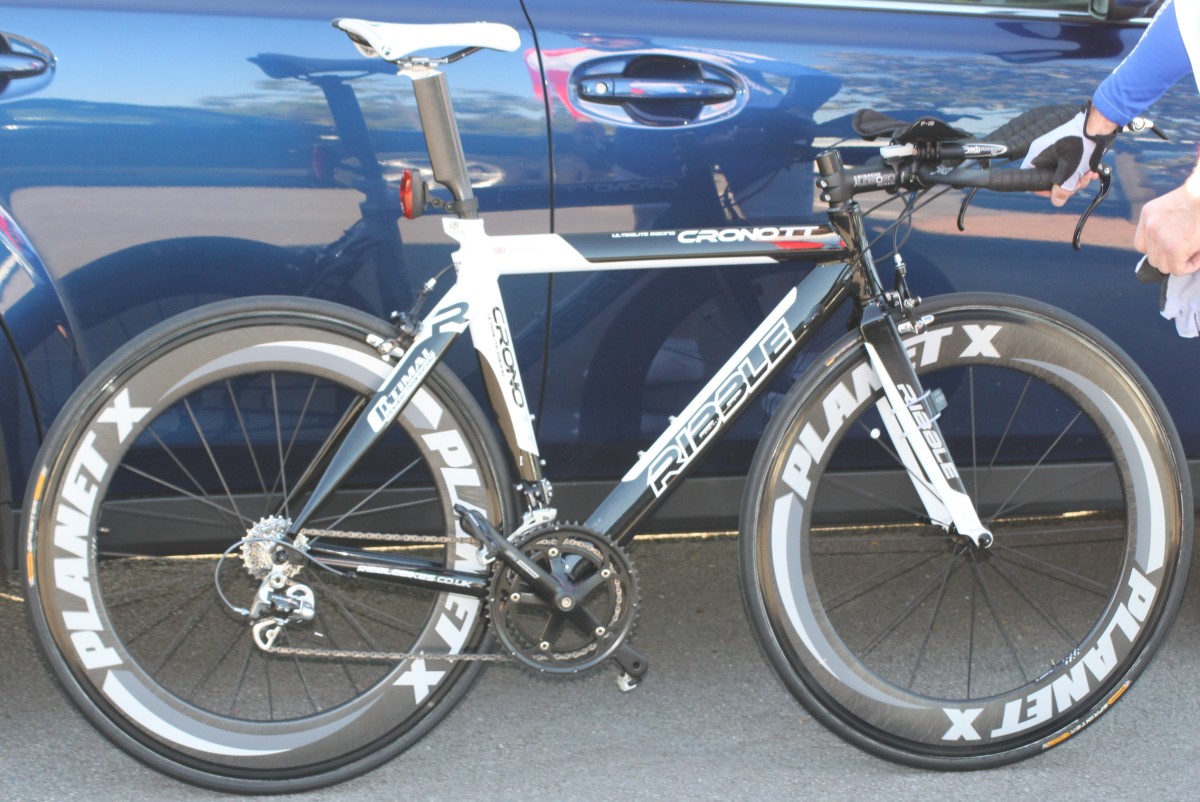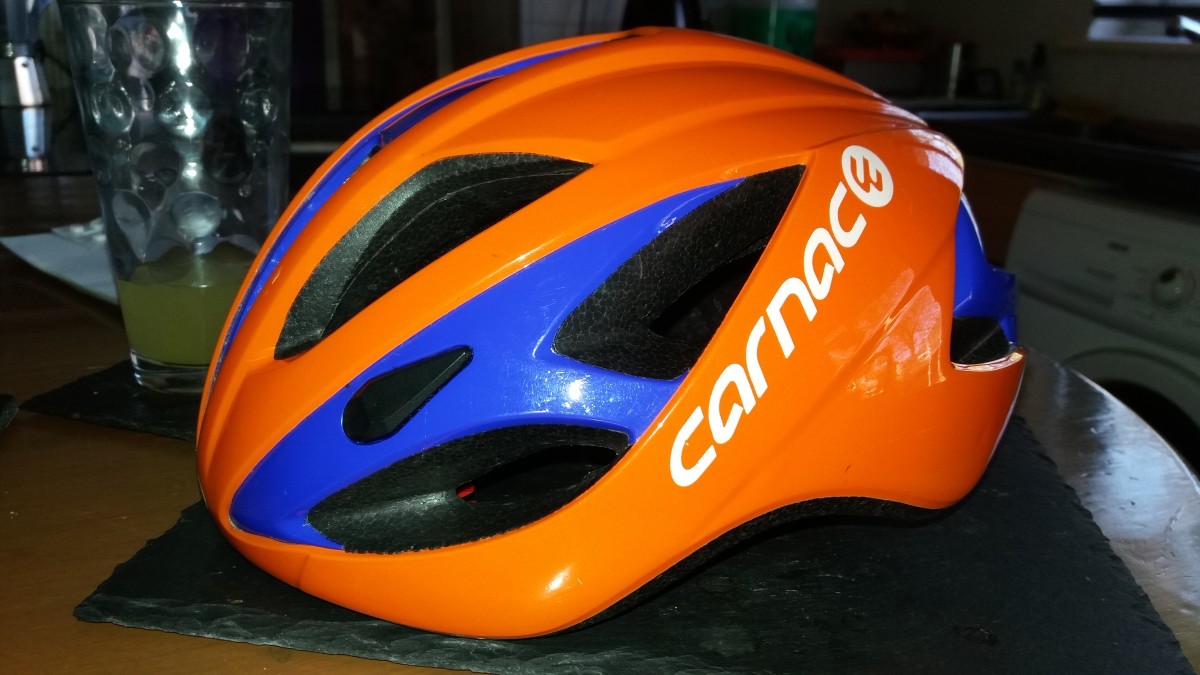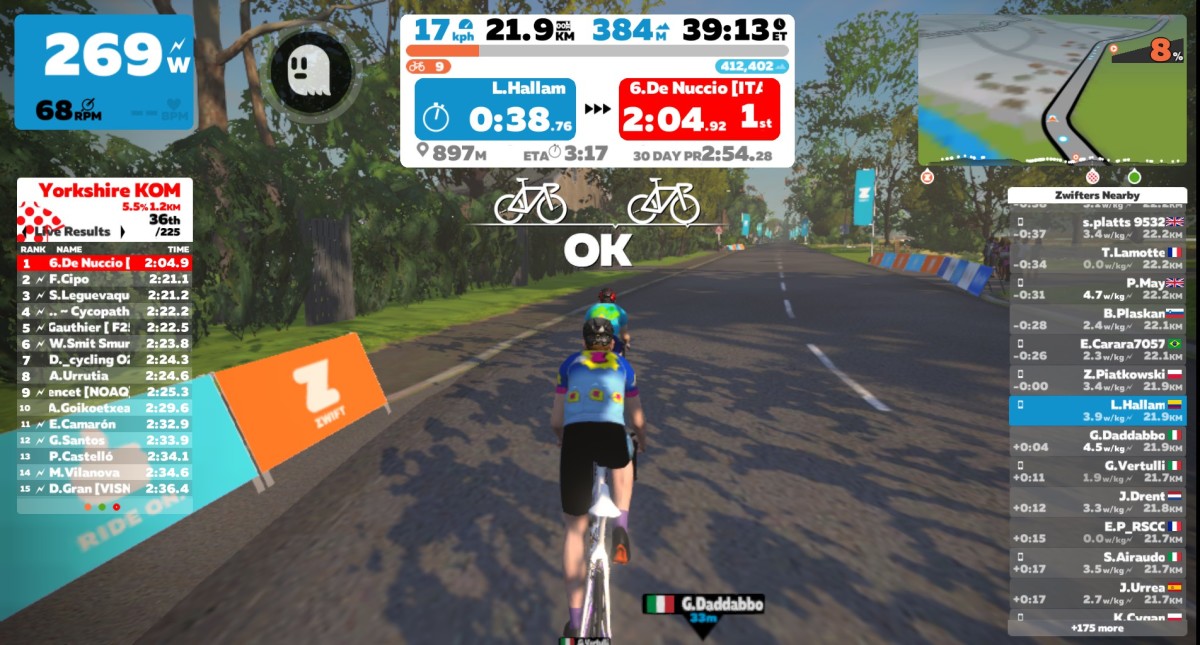The Advantages of Changing Your Mountain Bike to a 1 X 9 Drivetrain
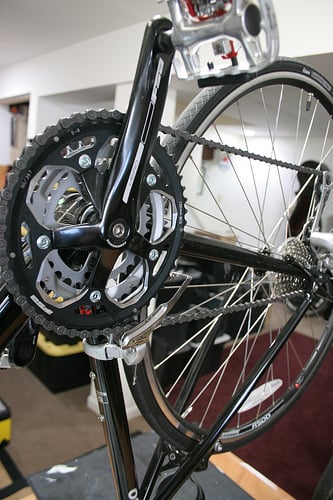
Most mountain bikes use 21, 24, 27 or 30 speeds with the most common setup on new bikes being a 27 speed with a 3 X 9 setup. This means three sprockets in the front and 9 in the rear. 27 gears gives you a huge range, but is it all necessary? In most cases it isn't, and it is not even close to what you actually use. If you eliminate the waste in your gearing setup you can eliminate significant weight, shifting complexity and create an indirect way to further improve your trail skills.
A brief personal experience on this topic: On a recent ride, 5 riders including myself did an experiment and counted the amount of different gears that we used. The numbers weren't exact, but they ranged from 8 to 15 gears per rider. Only one time did any of us use the big chainring on the crank, during a long mellow descent. Of the 27 possible (one had 30 possible) combinations only 8 to 15 were used, meaning 12 to 20 unecessary combinations per rider. I know it's a bit unofficial, and not exactly scientific, but it does demonstrate that as riders we fall victim to the marketing ploy of increasing the number of gears. Next time you ride take some time and try to count which gears you use, not how often you shift, but what gear you are actually in.
The actual math is a bit more complicated so we'll ease into it. What is more important that the gears we use is understanding the ratios we have available. By ratio I simply mean the amount of times the rear wheel turns for every pedal or turn of your crank you make. First however, lets look at the weight benefit to converting to a 1 X 9 setup.
The solution to minimize drive train waste for me was to move to the 1 X 9 setup. In this setup I removed the small chain ring, the large chainring on the front, the front derailleur, the derailleur cable and housing, and the shifter. You might choose to remove the two larger chainrings depending on your riding style. My crankset was somewhere around a beefy 927 grams before and a trim 580 after. The derailleur was around 150 (148), the shifter also around 150 (151), and the cable and housing was about 100 g (101) total. Depending on what setup you have this could be more or less.
In total, I shed 747 grams or 1.65 lbs. That's a lot. Most of it was from the bolts on the crank and the chainrings. I did have to add a chain guide which comes in around 50 grams, but I was also able to take out a couple chain links now which offsets that weight and more.
I no longer have front derailleur cables to buy, and my front crank stays cleaner. I have eliminated the spots of cable rub from the housing as well. The chain is no longer rubbed on the sides by the chainrings or the derailleur and so I have lost that annoying metal on metal noise and reduced chain stress, and wear. Most importantly I don't have spend time adjusting the front derailleur which I really hate doing.
My crankset before was a 22 - 32 - 44 and the rear cassette was a 9 speed with 11 -12 - 14 - 16 - 18 - 21 - 24 -28 - 32 sprockets. The numbers are the number of teeth on the sprockets, since chains are made for universal use the sprocket sizes are measured in teeth and not diameter in cycling.
Ratios (based on how many rear wheel rotations you get from a crank rotation)
Small Ring :
2.0 : 1.83 : 1.57 : 1.375 : 1.222 : 1.04 : .916 : .785 : .688
Middle Ring
2.90 : 2.66 : 2.28 : 2.0 : 1.78 : 1.52 : 1.333 : 1.14 : 1.0
Large Ring
4.0 : 3.66 : 3.14 : 2.75 : 2.44 : 2.09 : 1.83 : 1.57 : 1.375
Based on this the gearing I would lose the top three gears and the bottom three as far as minimum and maximum range is concerned (the bold ratios). For most mountain bike riders this isn't a big deal at the top end (faster gears). Those big chainrings are rarely used, and if they are, it's on a long boring flat stretch with nothing overly technical. If you are flying downhill, your mind is focused on control and weight transfer in jumps and corners and not on pedaling your guts out. In contrast, losing the bottom three gears is a much bigger deal. However, what I have found is that the transition is much smoother on hills without shifting into the small chainring, and the 1.0 ratio is more than low enough to get up just about everything except that super technical uphill. Taking 1.6 lbs off the bike makes it a bit more responsive as well which helps out at the top of that long climb.
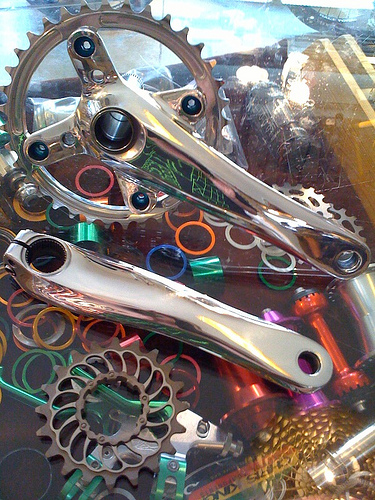
Also, the 9 speed rear cassette on my bike is also available in this sprocket option:
11 - 13 -15 -17 -20 -23 -26 -30 - 34
This is a slightly different setup which gives you a .940 low ratio from the 34 tooth sprocket without losing the high 2.90 gearing, and it is the setup I am running now. Yes, I lose the bottom two gears, but that's the trade off I suppose for losing bike weight and not having to worry about two shifters in tough situations.
I don't ever fear snapping or dropping a chain now during tough spots and the single shifter minimizes speed loss from shifting and maximizes the speed at which I can get into my low gears in a transition. I feel much faster when I transition to uphills because I don't get that chain slack and awkward resistance loss from dropping down a front chain ring and I can ease my rear dereailleur into the right gear without losing momentum. This has compensated for the loss of low gearing during my rides.
As far as cost goes, I didn' t have buy anything except a chain guide for this setup. My crank actually came apart and the crank was attached to the middle ring. That isn't the case for everyone's crank. Many of you will find that you can only remove the large chainring. Yet, this might be the way to go if you want to experiment with less gears on your mountain bike. If you do want to invest in the setup there are a ton of single speed cranksets varying wildly in price, style and size.If you are feeling ambitious you can actually cut or grind off the low and high chainring on a crank if they are riveted or pressed together. ThIs something I did during a single speed project which worked really well. The benefit to getting a crank make for a single speed is that it is often designed to be lighter and stiffer than an altered 3 piece.
Finally, matching your gearing to the type of riding you prefer is a key factor in how well you can transition into a 1 X 9 setup. Buying a 38 or 42 tooth front sprocket will be great on the flat fast sections but horrible in the climbing sections with the opposite true for a 28 tooth sprocket. Before doing anyof this try a ride in just your middle chainring, don't shift out of it, and see how it suits you. Figure out which gearing you use the most and alter your crankset to reflect your riding style. Happy riding!



